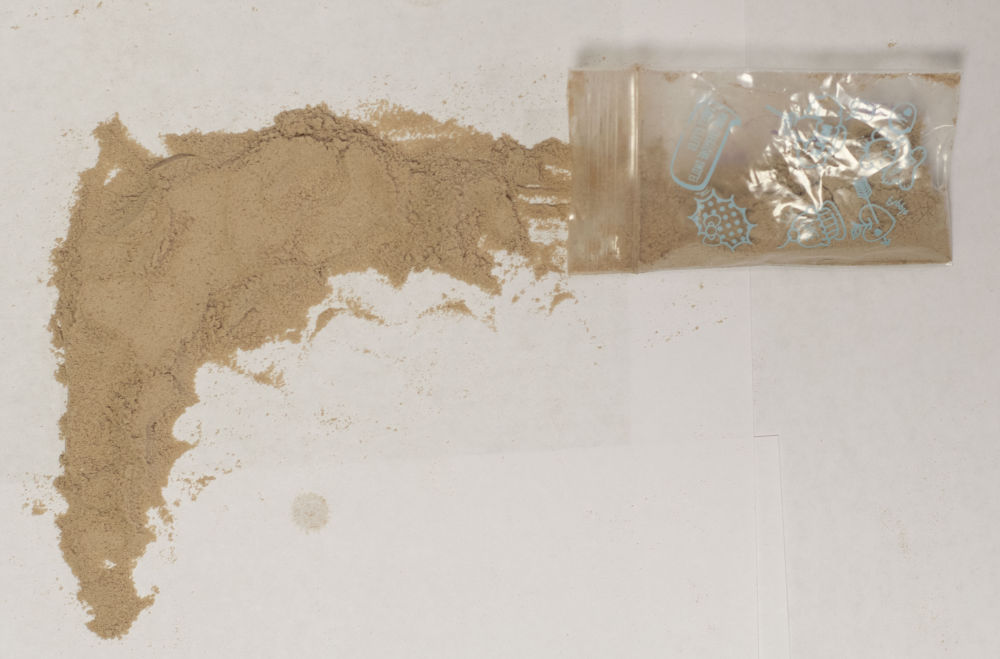Fentanyl is a synthetic opioid that is 50 times more potent than heroin and in recent years has been implicated in overdoses linked to laced drugs. Sheila Elliott, the supervisor for the UTD EMT Department, said that while Richardson has not been affected by the crisis by direct cases, it has spilled over into Carrollton.
“There have been a couple presentations on campus about narcotic training educating students, staff and faculty about the seriousness of the rise of fentanyl and how it could be easily infiltrate into the schools,” Jeremy Hall, administration project coordinator of the Center for Students in Recovery, said.
Elliott said that prevention is key. The rise in fentanyl cases in Carrolton is likely a result of several factors, including increased drug availability on the black market, the high demand for opioids and the tendency for people to turn to synthetic drugs when prescription opioids are more difficult to obtain. To combat this issue, UTD EMT provides training with naloxone, or Narcan, which can stop an opioid overdose in its tracks. Hall said that education on drug safety can start within universities collaborating with mental health institutions.
“People are trying to cope,” Hall said. “People are trying to put themselves in a situation where they can feel better. And if they are desperate, they would try anything if they don’t have some strong arm of support of those individuals. Let’s get help from a mental health professional. Let’s get counseling. Let’s go see a psychiatrist. Let’s go see someone that specializes in addiction, behavior, and drug addiction.”
In Texas, the Good Samaritan law provides legal protections for individuals who seek medical assistance for someone experiencing a drug overdose. Under the law, both the person who calls 911 and the person who has overdosed are protected from arrest and prosecution for drug possession or other drug-related offenses.
What can you do if you see someone possibly overdosing?
- Call 911 or your local emergency number immediately.
- Stay with the person and monitor their breathing and consciousness.
- If the person is unconscious, check their breathing and pulse. If they are not breathing, begin performing CPR if you are trained to do so.
- If the person has a naloxone kit available, administer it according to the instructions. Naloxone is a medication that can rapidly reverse an opioid overdose.
- Provide as much information as you can to the emergency responders when they arrive. This includes the type of drug the person may have taken, how much, and when.





